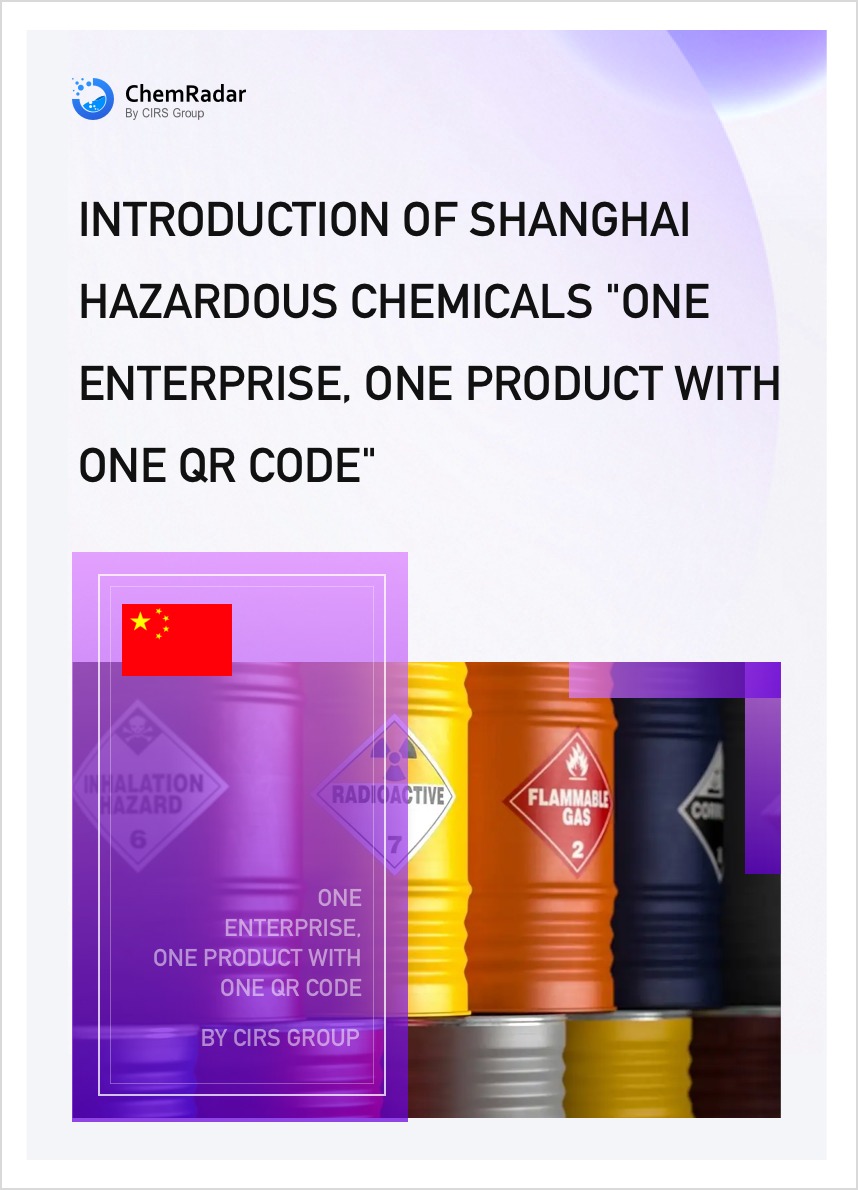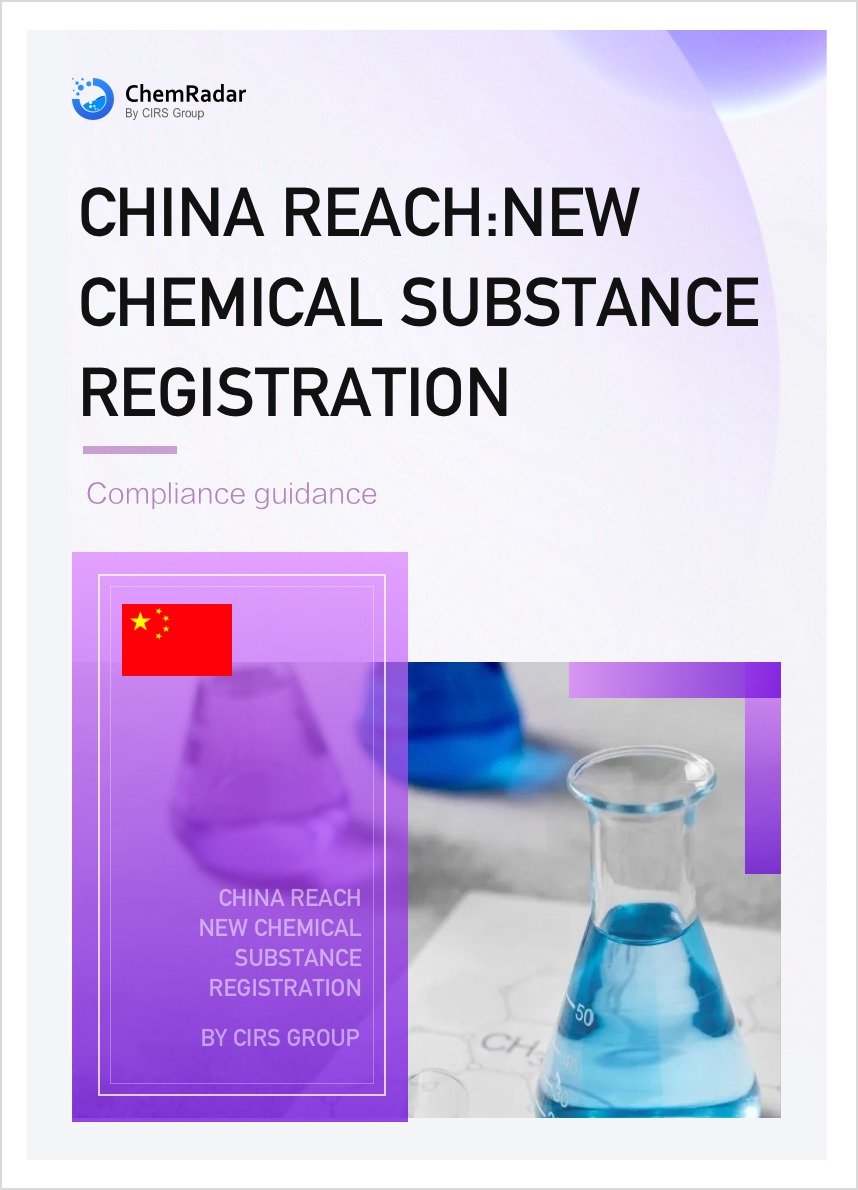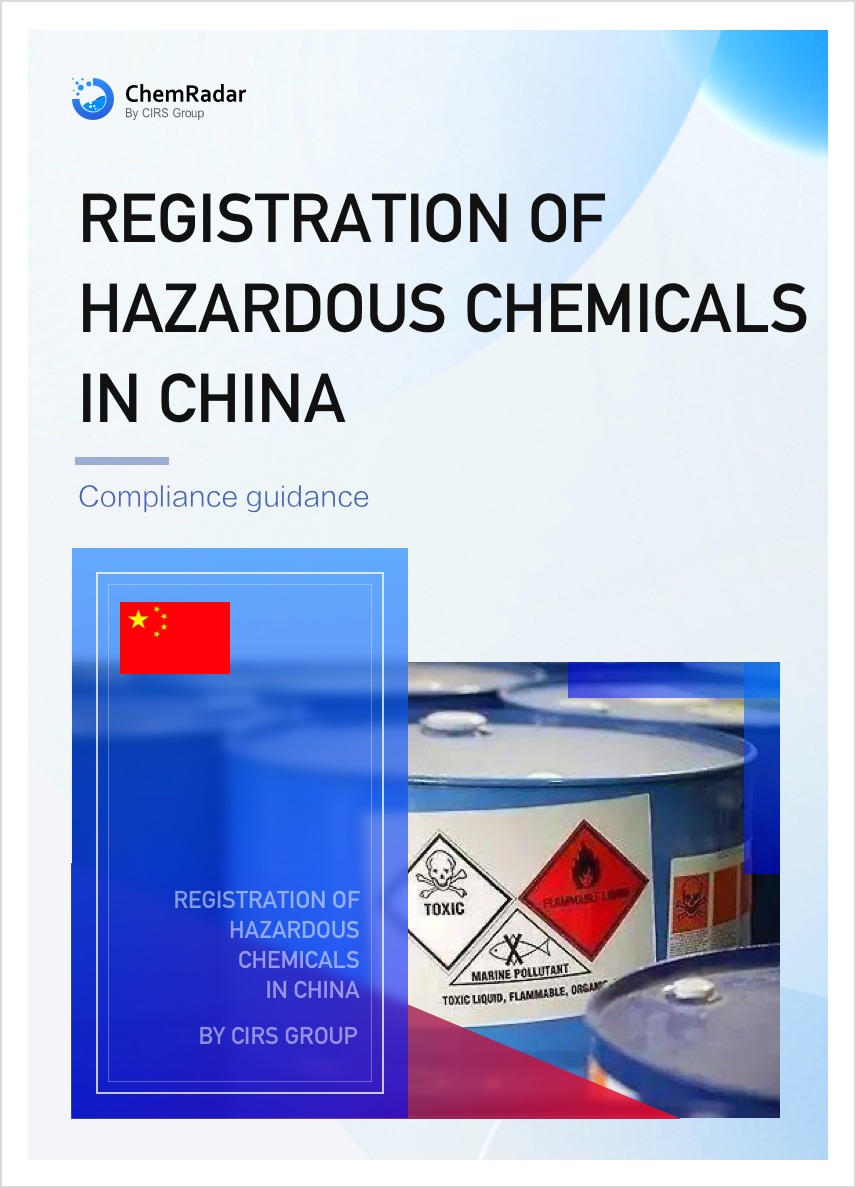On December 25, 2024, the Solid Waste and Chemicals Management Technology Center of the Ministry of Ecology and Environment released the "Frequently Asked Questions Series IX on Environmental Management Registration of New Chemical Substances," focusing on addressing questions related to the registration of polymers. The contents of items 5 and 6 are as follows:
5. Can cationic polymers apply for registration?
Answer: Cationic polymers, or those expected to become cationic in natural water environments, should undergo regular or simplified registration. However, applications for registration can be made under the following conditions:
- The polymer is solid, insoluble in water, and not dispersed in water, and is used only in the solid phase.
- Cationic polymers with low cationic density (functional group equivalent weight FGEW of 25,000 Daltons).
For the first condition, explanations can be provided based on the polymer’s characteristics, water solubility, dispersibility in water, and usage. For the second condition, the typical structure of the polymer can be used to calculate FGEW. If FGEW ≥ 5000, it can be considered as low cationic density. FGEW refers to the ratio of the polymer’s molecular weight, or number average molecular weight, to the number of cationic functional groups in the polymer structure.
6. What should be considered when providing materials on the degradation or instability of polymers?
Answer: The explanatory materials should be based on the polymer's molecular structure, purpose, application scenarios, and usage. It should comprehensively analyze the environmental exposure under the involved factors, and provide degradation or stability test data or research reports under relevant influencing factors, analyzing and explaining the degradation or stability of the polymer.
The aforementioned items 5 and 6 clearly define the criteria for excluding cationic polymers and degradable or unstable polymers during the polymer registration process. Drawing on years of experience in polymer registration, the Compliance Technical Team of CIRS Group provides some examples and suggestions for distinguishing cases involving the exclusion of cationic polymers and degradable or unstable polymers.
(1) Documentation for cationic polymers that are neither soluble nor dispersible in water and are used only in solid form
The documentation should include the following content:
| Polymer Physical Form | For example, in the usage environment, it is a solid. |
| Application Scenarios | For example, used as an adhesive in electronic products, does not come into contact with water. |
| Necessary Testing Data or Research Reports | For example, a water solubility test report, etc. |
The documentation should ensure that it can be concluded that the polymer is used only in solid form, is neither soluble nor dispersible in water, and does not have the potential to generate cations in water and cause harm.
(2) Common method for calculating the Functional Group Equivalent Weight (FGEW)
1. Calculation based on the percentage addition method
Example 1:
Assume that the polymer is composed of 10% glycidyl methacrylate, 2% hydroxymethyl acrylamide (molecular weight = 101), and 88% acrylic acid.
Using the calculation based on the percentage addition method, the FGEW for the amine group can be calculated as 5050 daltons.

Therefore, this polymer meets the condition of having a cationic functional group equivalent weight (FGEW) greater than 5000, which classifies it as a polymer with low cationic density.
2. End-group analysis method
Example 2:

Assume that the polymer is prepared from pentaerythritol, polypropylene glycol, and an excess of isophorone diisocyanate. Given the excess of isophorone diisocyanate, it is assumed that each end group is an isocyanate group. The FGEW of the isocyanate groups can be calculated simply by dividing the number-average molecular weight of the polymer (e.g., 2720, obtained from GPC testing) by the theoretical total number of end groups (6), resulting in:
Isocyanate group FGEW = 2720 ÷ 6 = 453 daltons.
Therefore, this polymer does not meet the condition of having a cationic functional group equivalent weight (FGEW) greater than 5000, and is not classified as a polymer with low cationic density.
(3) Materials on Polymer Degradation or Instability
1. Degradation or Instability Test Data or Research Reports
The guidelines specify that degradation, decomposition, or depolymerization refers to the chemical changes where polymers are broken down into simpler, lower molecular weight substances through oxidation, hydrolysis, heat, light, solvents, or microbial action.
It is recommended to first determine, based on the molecular structure, usage, and application scenarios, which factors might affect the polymer, and then provide targeted degradation or instability test data or research reports for these factors. For example, if an analysis of a polymer’s application scenario reveals that it does not involve contact with water throughout its entire life cycle, then it is not necessary to consider the polymer’s stability under hydrolysis when preparing the registration.
| Test Items | Suggested Testing Methods (for reference only) |
| Stability under Oxidative Conditions | Exploratory methods |
| Stability under Hydrolysis | OECD 111, OECD 120, Exploratory methods |
| Stability under Thermal Conditions | DSC (Differential Scanning Calorimetry), TGA (Thermogravimetric Analysis), Exploratory methods |
| Stability under Light Exposure | OECD 316, Exploratory methods |
| Stability under Solvent Conditions | Exploratory methods |
| Stability under Microbial Action | OECD 301, Exploratory methods |
It should be noted that when registering a polymer, there are no specific requirements regarding the testing methods used in the degradation or instability test data or research reports, nor the qualifications of the testing institutions providing the data or reports. Based on experience, the regulatory authorities generally have an open attitude towards using exploratory methods for research and the resulting degradation or instability test data or research reports to analyze and explain the degradation or stability of polymers.
2. Based on Authoritative Literature
Epoxy resin (EP), also known as synthetic resin, artificial resin, or resin glue, is a type of polymer material with a linear structure. It is characterized by excellent adhesion, attachment, stability, chemical resistance, insulation, and mechanical strength. Additionally, it demonstrates good resistance to chemicals, oils, and particularly strong resistance to alkalis, making it significantly important in the field of anti-corrosion coatings. As an anti-corrosion material, epoxy resin not only possesses qualities such as being compact, water-resistant, leak-proof, and high-strength, but it also features strong adhesion and can be handled at room temperature.

When determining the stability of polymers based on authoritative literature, it is necessary to provide clear sources of the literature, screenshots of key information, and other relevant materials to support the conclusion.
Determining the exclusion scenarios for polymer registration is a complex task. CIRS Group can provide comprehensive solutions to assist enterprises in successfully completing the polymer registration process.





